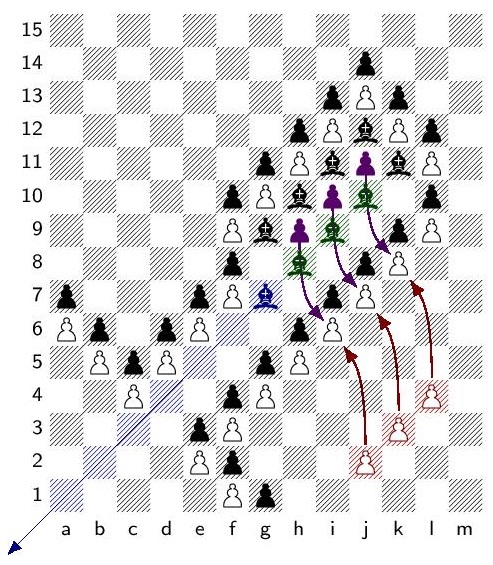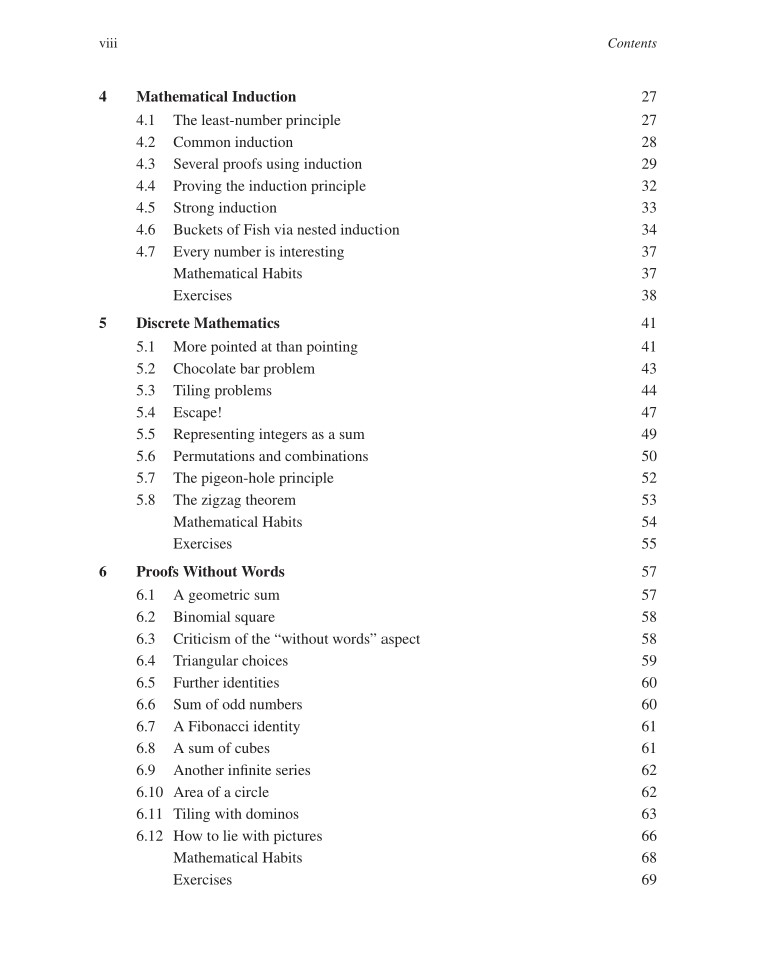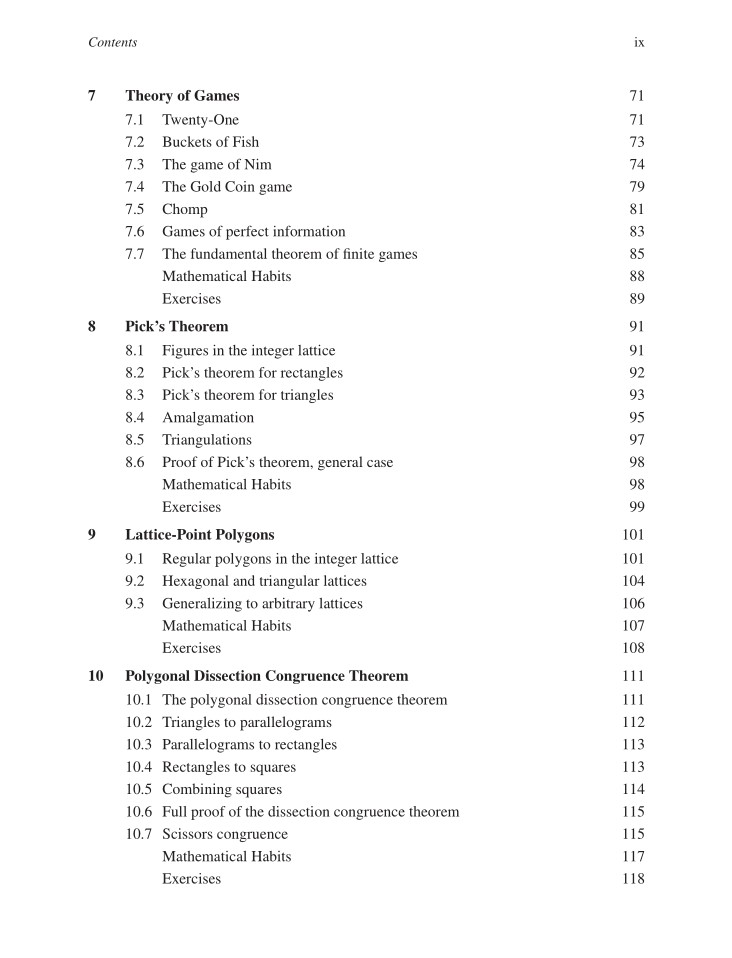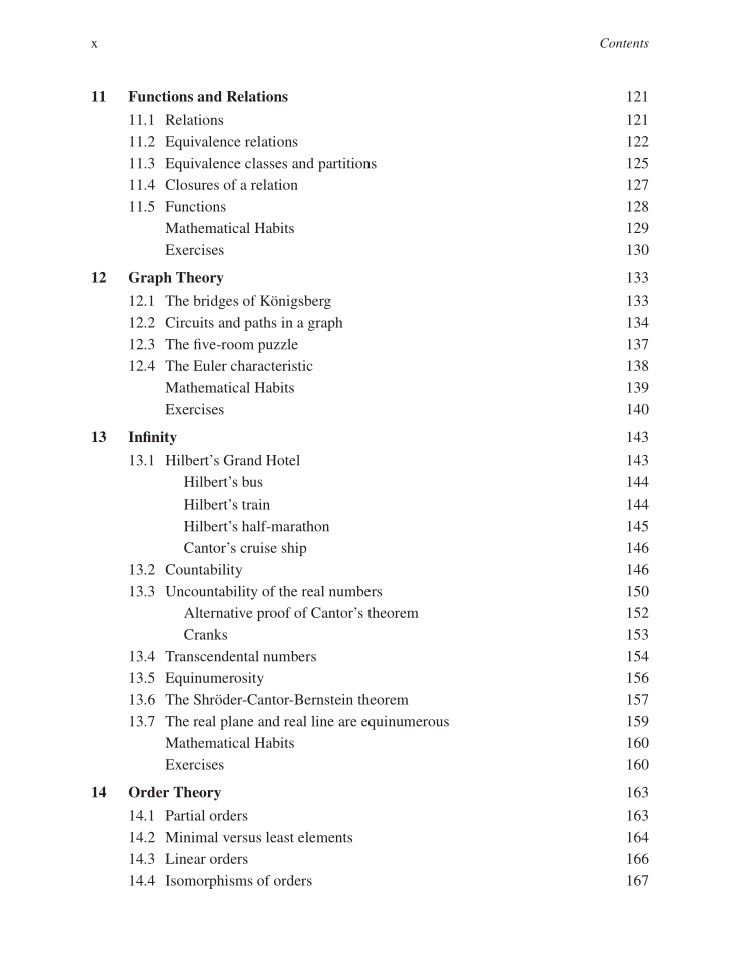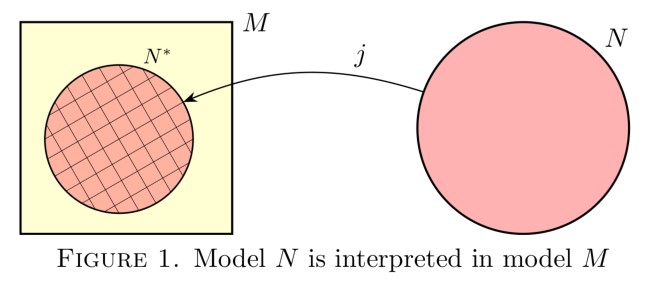[bibtex key=”HamkinsSolberg:Categorical-large-cardinals”]

Abstract. Inspired by Zermelo’s quasi-categoricity result characterizing the models of second-order Zermelo-Fraenkel set theory $\text{ZFC}_2$, we investigate when those models are fully categorical, characterized by the addition to $\text{ZFC}_2$ either of a first-order sentence, a first-order theory, a second-order sentence or a second-order theory. The heights of these models, we define, are the categorical large cardinals. We subsequently consider various philosophical aspects of categoricity for structuralism and realism, including the tension between categoricity and set-theoretic reflection, and we present (and criticize) a categorical characterization of the set-theoretic universe $\langle V,\in\rangle$ in second-order logic.
Categorical accounts of various mathematical structures lie at the very core of structuralist mathematical practice, enabling mathematicians to refer to specific mathematical structures, not by having carefully to prepare and point at specially constructed instances—preserved like the one-meter iron bar locked in a case in Paris—but instead merely by mentioning features that uniquely characterize the structure up to isomorphism.
The natural numbers $\langle \mathbb{N},0,S\rangle$, for example, are uniquely characterized by the Dedekind axioms, which assert that $0$ is not a successor, that the successor function $S$ is one-to-one, and that every set containing $0$ and closed under successor contains every number. We know what we mean by the natural numbers—they have a definite realness—because we can describe features that completely determine the natural number structure. The real numbers $\langle\mathbb{R},+,\cdot,0,1\rangle$ similarly are characterized up to isomorphism as the unique complete ordered field. The complex numbers $\langle\mathbb{C},+,\cdot\rangle$ form the unique algebraically closed field of characteristic $0$ and size continuum, or alternatively, the unique algebraic closure of the real numbers. In fact all our fundamental mathematical structures enjoy such categorical characterizations, where a theory is categorical if it identifies a unique mathematical structure up to isomorphism—any two models of the theory are isomorphic. In light of the Löwenheim-Skolem theorem, which prevents categoricity for infinite structures in first-order logic, these categorical theories are generally made in second-order logic.
In set theory, Zermelo characterized the models of second-order Zermelo-Fraenkel set theory $\text{ZFC}_2$ in his famous quasi-categoricity result:
Theorem. (Zermelo, 1930) The models of $\text{ZFC}_2$ are precisely those isomorphic to a rank-initial segment $\langle V_\kappa,\in\rangle$ of the cumulative set-theoretic universe $V$ cut off at an inaccessible cardinal $\kappa$.
It follows that for any two models of $\text{ZFC}_2$, one of them is isomorphic to an initial segment of the other. These set-theoretic models $V_\kappa$ have now come to be known as Zermelo-Grothendieck universes, in light of Grothendieck’s use of them in category theory (a rediscovery several decades after Zermelo); they feature in the universe axiom, which asserts that every set is an element of some such $V_\kappa$, or equivalently, that there are unboundedly many inaccessible cardinals.
In this article, we seek to investigate the extent to which Zermelo’s quasi-categoricity analysis can rise fully to the level of categoricity, in light of the observation that many of the $V_\kappa$ universes are categorically characterized by their sentences or theories.
Question. Which models of $\text{ZFC}_2$ satisfy fully categorical theories?
If $\kappa$ is the smallest inaccessible cardinal, for example, then up to isomorphism $V_\kappa$ is the unique model of $\text{ZFC}_2$ satisfying the first-order sentence “there are no inaccessible cardinals.” The least inaccessible cardinal is therefore an instance of what we call a first-order sententially categorical cardinal. Similar ideas apply to the next inaccessible cardinal, and the next, and so on for quite a long way. Many of the inaccessible universes thus satisfy categorical theories extending $\text{ZFC}_2$ by a sentence or theory, either in first or second order, and we should like to investigate these categorical extensions of $\text{ZFC}_2$.
In addition, we shall discuss the philosophical relevance of categoricity and point particularly to the philosophical problem posed by the tension between the widespread support for categoricity in our fundamental mathematical structures with set-theoretic ideas on reflection principles, which are at heart anti-categorical.
Our main theme concerns these notions of categoricity:
Main Definition.
- A cardinal $\kappa$ is first-order sententially categorical, if there is a first-order sentence $\sigma$ in the language of set theory, such that $V_\kappa$ is categorically characterized by $\text{ZFC}_2+\sigma$.
- A cardinal $\kappa$ is first-order theory categorical, if there is a first-order theory $T$ in the language of set theory, such that $V_\kappa$ is categorically characterized by $\text{ZFC}_2+T$.
- A cardinal $\kappa$ is second-order sententially categorical, if there is a second-order sentence $\sigma$ in the language of set theory, such that $V_\kappa$ is categorically characterized by $\text{ZFC}_2+\sigma$.
- A cardinal $\kappa$ is second-order theory categorical, if there is a second-order theory $T$ in the language of set theory, such that $V_\kappa$ is categorically characterized by $\text{ZFC}_2+T$.
Follow through to the arxiv for the pdf to read more:
[bibtex key=”HamkinsSolberg:Categorical-large-cardinals”]
Related talk: Categorical cardinals, CUNY Set Theory Seminar, June 2020







